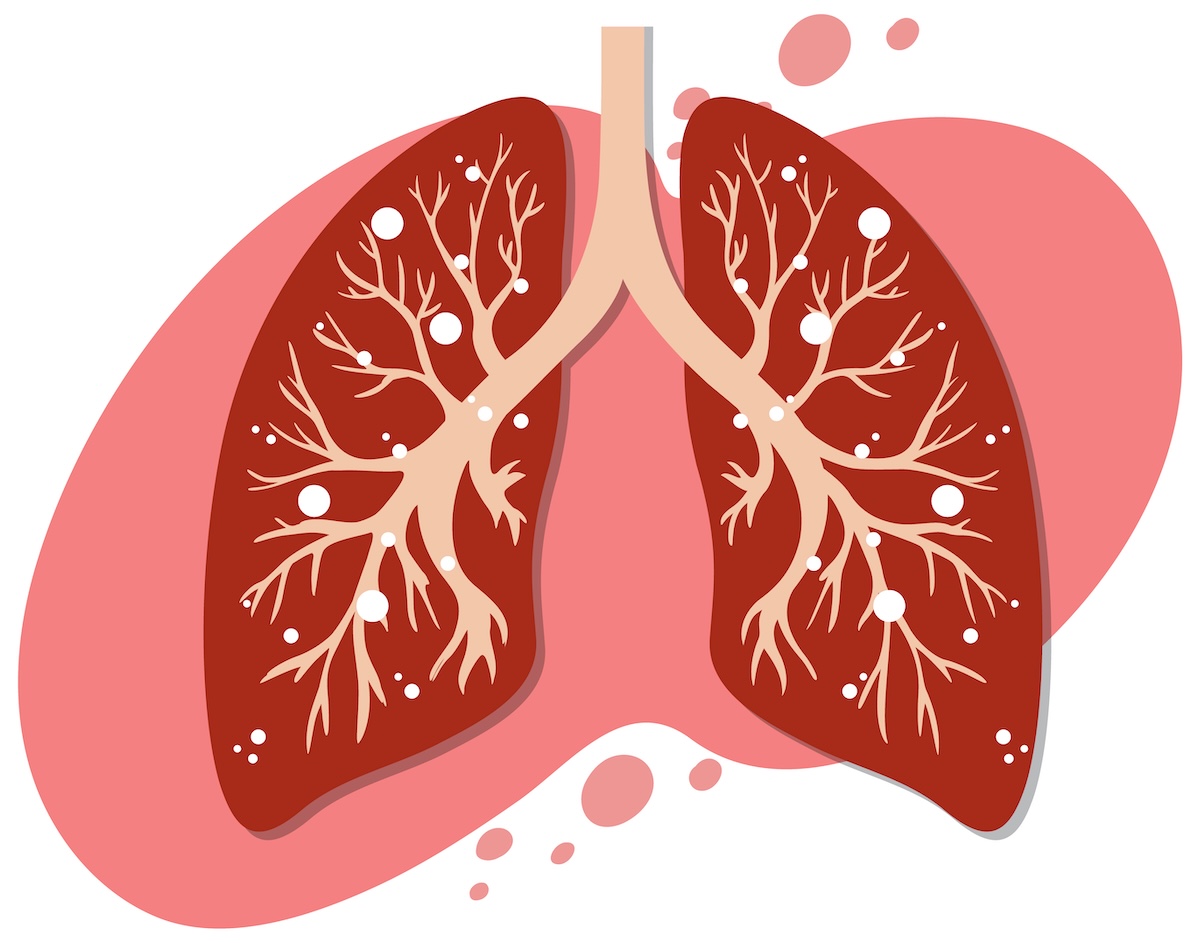Bronchitis is a common condition that affects the lungs and breathing. It happens when the lining of the bronchial tubes, which carry air in and out of the lungs, becomes inflamed. This inflammation can cause coughing, chest discomfort, and trouble breathing. While bronchitis is often mild and goes away on its own, it can sometimes lead to more serious problems, especially if not treated properly.

Many people confuse bronchitis with a simple cold or the flu, but it has its own set of causes and symptoms. Some cases of bronchitis are short-term and clear up within a few weeks, while others can last for months and become a long-term health concern. Knowing the difference can help you take the right steps toward feeling better and avoiding complications.
In this article, we’ll look at what causes bronchitis, the different types, the symptoms to watch for, and the treatment options that can help you recover more comfortably.
What Is Bronchitis?
Bronchitis happens when the bronchial tubes get irritated and swollen. These tubes are important because they bring air to your lungs. When they’re inflamed, they produce more mucus, which leads to coughing as your body tries to clear it out. The swelling also makes it harder to breathe normally.
There are two main types of bronchitis: acute and chronic. Both involve inflammation of the airways, but they’re very different in how long they last and what causes them.
Acute bronchitis is more common and usually develops after a cold or respiratory infection. It typically lasts a few days to a few weeks and goes away without long-term effects. Chronic bronchitis, on the other hand, is a more serious, long-term condition that keeps coming back or never fully goes away. It’s often related to smoking or long-term exposure to air pollution.
Causes and Types
The cause of bronchitis depends on whether it’s acute or chronic. Acute bronchitis is usually caused by a virus, often the same ones that cause colds and the flu. Less commonly, it can be caused by bacteria. Viral bronchitis can’t be treated with antibiotics, which is why rest and fluids are often the best approach.
Chronic bronchitis is usually the result of repeated irritation or injury to the lungs. The most common cause is cigarette smoking. People who smoke are much more likely to develop chronic bronchitis. Exposure to harmful dust, fumes, or air pollution can also cause this type of bronchitis, especially in people who work in certain industries.
While acute bronchitis tends to go away on its own, chronic bronchitis is considered a type of chronic obstructive pulmonary disease (COPD) and needs long-term management.
Symptoms of Bronchitis
Bronchitis symptoms can be similar for both acute and chronic cases, but the length and severity can vary. Most people with bronchitis experience:
-
A cough that produces mucus, which may be clear, white, yellow, or green
-
Chest discomfort or tightness
-
Shortness of breath or wheezing
-
Low-grade fever and chills (more common in acute cases)
-
Fatigue or feeling run down
In acute bronchitis, the cough often starts dry but becomes more productive (mucus-producing) over time. It usually improves within a few days but may linger for a few weeks, even after the infection is gone.
Chronic bronchitis is diagnosed when a person has a mucus-producing cough for at least three months in a year, for two years in a row. It tends to come and go in flare-ups and can get worse over time if the lungs are continually exposed to harmful substances.
If you experience a high fever, chest pain, or shortness of breath that gets worse, it’s important to see a doctor, as these may be signs of a more serious infection or another condition like pneumonia.
How Bronchitis Is Diagnosed
Doctors usually start by asking about your symptoms and medical history. They may listen to your lungs with a stethoscope to check for wheezing or other abnormal sounds. In many cases, especially with acute bronchitis, no special tests are needed.
However, if symptoms are severe, last longer than expected, or come back often, a doctor may order additional tests, such as:
-
A chest X-ray to rule out pneumonia
-
Sputum tests to check for signs of infection or inflammation
-
Pulmonary function tests to see how well your lungs are working (more common in suspected chronic bronchitis or COPD)
These tests help doctors determine whether you have bronchitis, what type it is, and how best to treat it.
Treatment Options
Treatment depends on whether the bronchitis is acute or chronic. For acute bronchitis caused by a virus, the goal is usually to relieve symptoms while your body fights off the infection. Antibiotics are rarely needed unless your doctor suspects a bacterial infection.
Treatment options for acute bronchitis may include:
-
Rest and drinking plenty of fluids
-
Over-the-counter medications like ibuprofen or acetaminophen for pain or fever
-
Cough suppressants (if the cough is very disruptive)
-
Steam inhalation or humidifiers to help loosen mucus
Chronic bronchitis, being a long-term condition, requires more ongoing care. Treatments may include:
-
Inhalers or bronchodilators to help open the airways
-
Steroids to reduce inflammation
-
Pulmonary rehabilitation, which includes breathing exercises and education
-
Oxygen therapy, in more advanced cases
-
Quitting smoking, which is the most important step in managing chronic bronchitis
Your doctor may also recommend vaccines like the flu shot or pneumonia vaccine to help prevent infections that could make symptoms worse.
